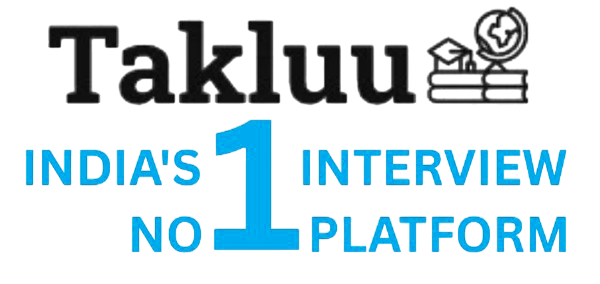The mouse cursor is displayed at the center of the screen on system startup because the operating system initializes the graphical user interface (GUI) and positions the cursor at a default location, which is typically the center, to provide a consistent starting point for user interaction.
To kill an object prematurely in VC++, you can use the `delete` operator to deallocate the memory associated with the object. If the object is allocated on the heap, ensure that you call `delete` on the pointer to that object. If the object is allocated on the stack, it will be destroyed automatically when it goes out of scope.
I believe areas needing improvement include enhancing my skills in emerging technologies, improving my time management for project deadlines, and seeking more feedback from peers to refine my architectural decisions.
A goal is a specific, measurable target you aim to achieve, while ambition is a strong desire or drive to succeed or reach a certain level, often without a specific plan.
A programmer primarily focuses on writing code to solve specific problems, while a developer takes a broader role that includes designing, building, and maintaining software applications, often involving collaboration and project management.
The valid teams of four players that meet the criteria are:
1. a, b, n, o
2. a, b, n, p
3. a, b, o, p
4. a, c, m, n
5. a, c, m, p
6. a, c, n, o
7. b, c, n, o
8. b, c, n, p
Total valid teams: 8.
acno is right answer
The Tech Architect section on takluu.com is dedicated to professionals aiming to lead the design and implementation of complex software systems. A Tech Architect plays a pivotal role in bridging business needs with technology solutions, ensuring that applications are scalable, maintainable, and aligned with organizational goals.
This category covers critical areas including system design principles, software architecture patterns (like microservices, SOA, MVC), cloud architecture, security best practices, API design, and performance optimization. You will also explore architecture documentation, stakeholder communication, and technology evaluation techniques.
Our content provides deep insights into both theoretical concepts and practical challenges faced by tech architects in real projects. Interview questions focus on problem-solving skills, architectural trade-offs, decision-making under constraints, and aligning technology stacks with business requirements.
Whether you’re preparing for roles like Technical Architect, Solution Architect, Enterprise Architect, or Lead Developer, this section equips you with the knowledge to explain complex designs clearly, defend your architectural choices, and demonstrate leadership in technology planning.
At Takluu, we combine detailed explanations with scenario-based questions and case studies to ensure you are ready for both technical and behavioral rounds in tech architect interviews. Our goal is to empower you to design robust solutions and take ownership of technology roadmaps confidently.
Prepare with us and take the next step in your career to become a successful Tech Architect who drives innovation and delivers impactful technology strategies.
